Reality, not rhetoric, to fight corruption and waste
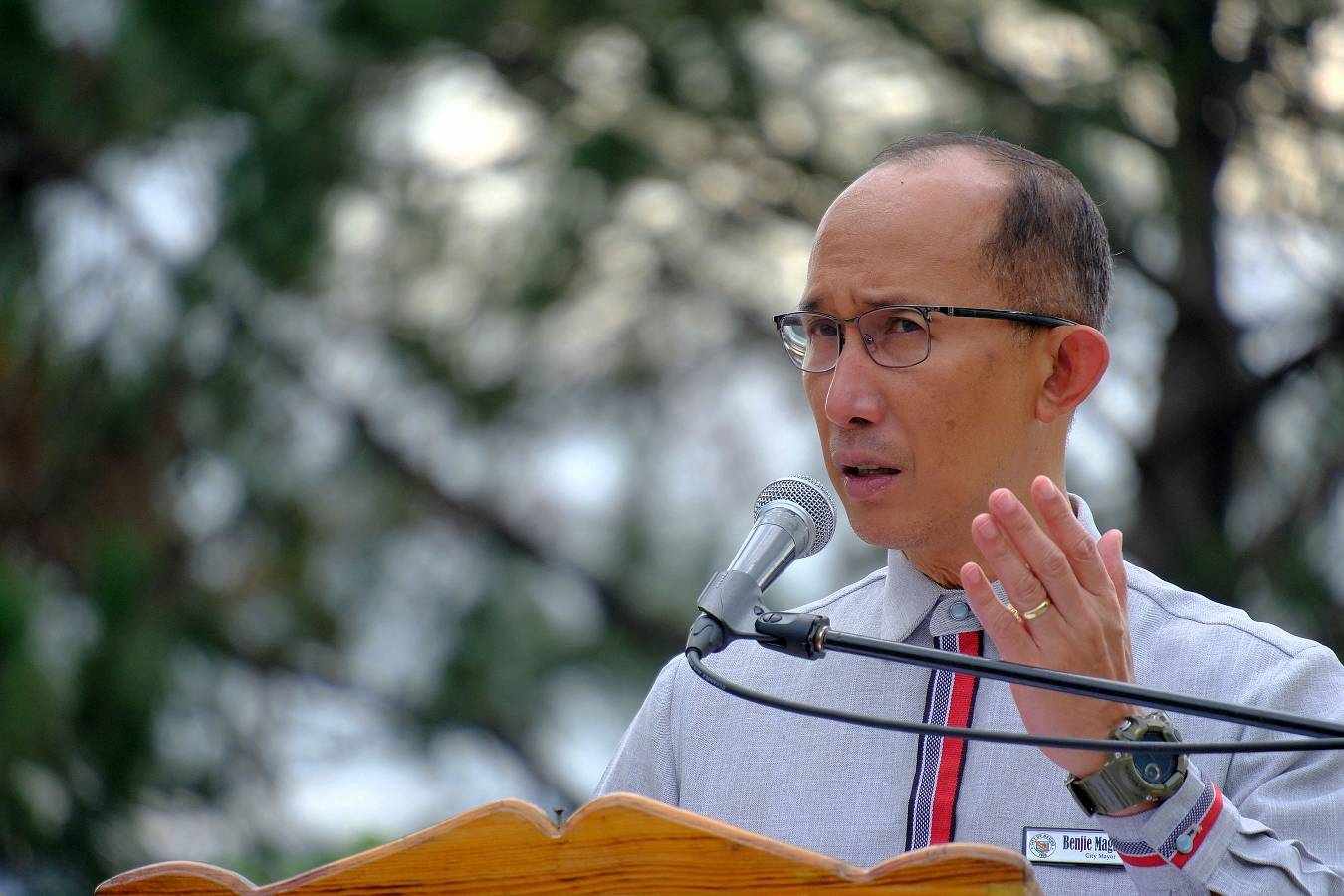
It takes reality, not rhetoric, to successfully fight government corruption and waste. With Agriculture Secretary Francisco Tiu Laurel Jr.’s advocacy of significant private sector participation in agriculture governance, this is now taking place.
The reality he promotes is successful private sector management systems modified and used in government. Here is a recent example.
A private sector system was discussed and got approval at the recent July 7 to July 8 Mid-Year Planning Session of the Philippine Council for Agriculture and Fisheries (PCAF), a public-private body created by law.
Its website states: “PCAF facilitates broad-based participatory processes in the agriculture and fisheries sector. It provides quality services to a nationwide network of private sector-led consultative councils at the national, regional and local levels for the formulation of sound policies, plans and programs.”
At the recently concluded planning session, the chairs of PCAF’s regional and 13 sectoral committees agreed to the new PCAF strategic direction. It entails “shifting from simply consulting to strategically cocreating policies and programs through enhanced partnerships with farmers, fisherfolk, and private sector players.”
One of the sectoral chairs had previously proposed a private sector system for Department of Agriculture (DA) to minimize waste corruption and waste. It was approved for implementation last July 8.
Corruption and waste
In a television interview, Baguio City Mayor Ben Magalong said that “about half of public funds goes to corruption.” Thankfully, it is not like that at the DA.
Last year, 10 percent of the DA-funded projects in the regions were monitored by private sector-led PCAF monitoring teams. The PCAF 2024 report stated that of the 1,201 projects monitored, “23.8% were not utilized by the recipient organizations. These translate to P1.02 billion of wasted resources.” If projected for the nation’s total, this means an estimate of P10.2 billion in losses.
Here is where the private sector comes in. Firstly, it was pointed out that the private sector practice of a checklist document to be filled out has not been used. Though DA has a list of requirements, it is not put in a document signed by the responsible decision-maker (in this case, the DA Regional Executive Director-RED).
Since this is a government program, there is a need for transparency. This is done through the Regional Agricultural and Fishery Council (RAFC) chair to sign as a witness.
Secondly, the RAFC chair should get a complete list of projects from the RED so that nothing is hidden.
Thirdly, instead of the normal annual report done by the government, there should be a monthly report of grant releases and verification for early detection and correction.
Finally, penalties imposed should be recorded on a real-time transparent basis for deterrence purposes. When appropriate, this should include charges and dismissal, as recommended by a PCAF sectoral committee. Since no one is penalized, the corruption and waste continue.
Model to follow
In the next few months, we will see the results of this four-point system in reducing corruption and waste. This model gives the reality of a management and accountability system to the rhetoric of fighting corruption.
It is also consistent with the new strategic direction of the private sector approved at the PCAF mid-year planning session. It means not only reacting to government initiatives, but also “shifting to strategically cocreating policies and programs.”
Other departments can modify and follow this private-sector model. This way, Magalong’s 50-percent corruption allegation will be a thing of the past.
The author is Agriwatch chair, former secretary of presidential flagship programs and projects, and former undersecretary of the Department of Agriculture and the Department of Trade and Industry. Contact is agriwatch_phil@yahoo.com.



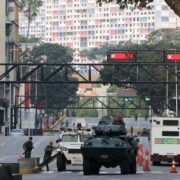

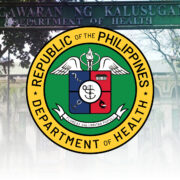



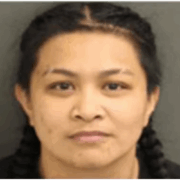
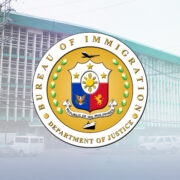

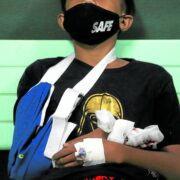

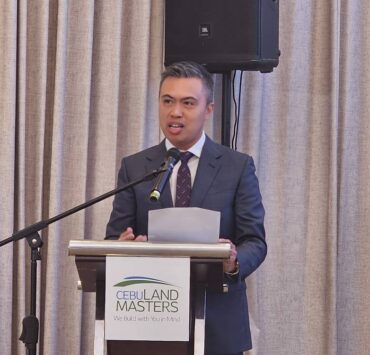

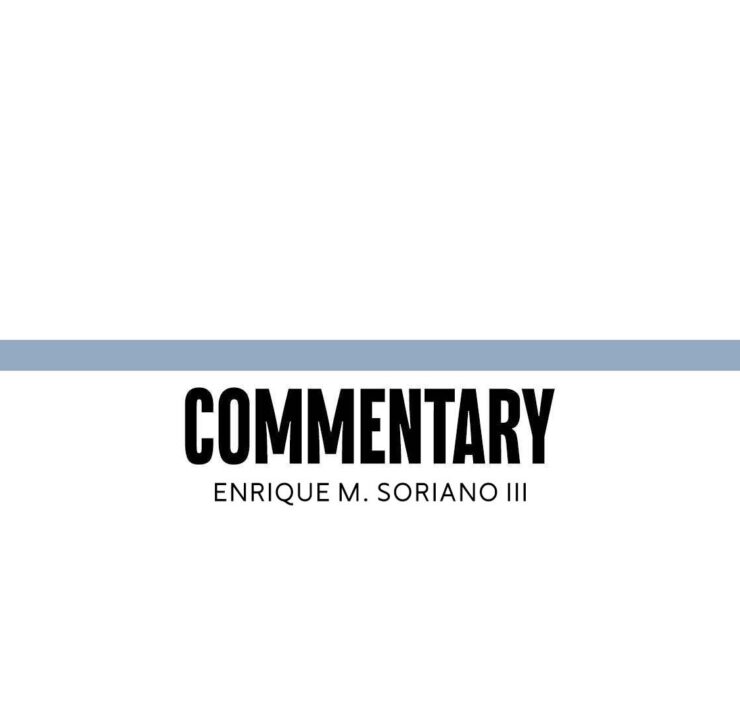
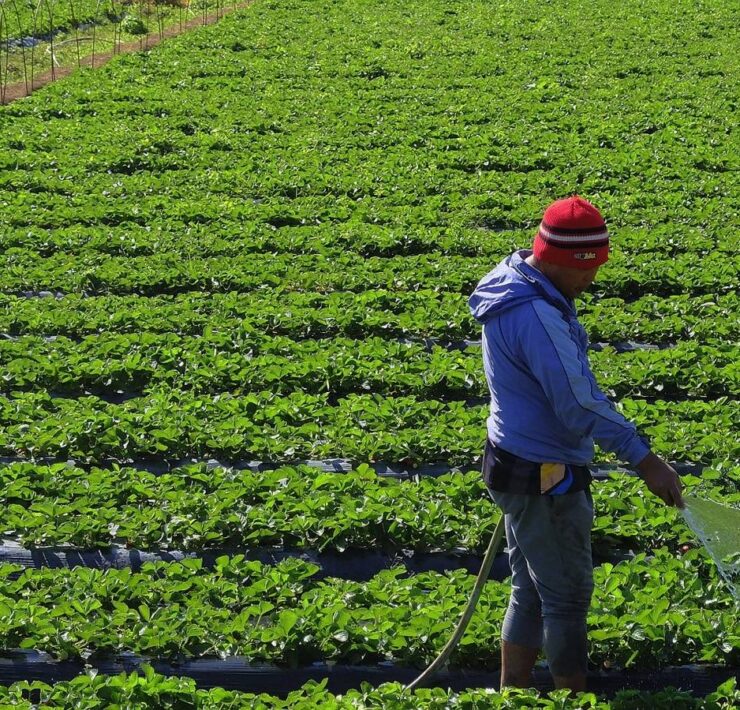



2026: Listen, act, pray